Description
1. From the Internet of Things to the Web of things 1. 1. Defining the Internet of Things 1. 2. Enter the web of things 1. 3. Use cases why connected objects. 1. 4. The web of things supercharged Internet of Things 1. 5. Summary 2. Hello, world Wide Web of things 2. 1. Meet a web of things device 2. 2. Exercise 1 browse a device on the web of things 2. 3. Exercise 2 polling data from a wot sensor 2. 4. Exercise 3 act on the real world 2. 5. Exercise 4 tell the world about your device 2. 6. Exercise create your first physical mashup 2. 7. Summary 3. Node. Js for the web of things 3. 1. The rise of JavaScript: from clients to servers to things. 3. 2. Introduction to Node. Js 3. 3. Modularity in Node. Js 3. 4. Understanding the Node. Js event loop 3. 5. Getting started with asynchronous programming 3. 6. Summary and beyond the book 4. Getting started with embedded systems 4. 1. The world of embedded devices 4. 2. Set up your first wot device raspberry Pi 4. 3. Installing Node. Js on the Raspberry Pi 4. 4. Connecting sensors and actuators to your Pi 4. 5. Summary 5. Building networks of things 5. 1. Connecting things 5. 2. Networking protocols for things 5. 3. Application protocols for things 5. 4. The web of things architecture 5. 5. Summary part 2 6. Access: web APIs for things 6. 1. Devices, resources and web things 6. 2. Beyond rest: the real-time web of things 6. 3. Summary 7. Implementing web things 7. 1. Connecting devices to the Web 7. 2. Direct integration patterned on devices 7. 3. Gateway integration pattern coap example 7. 4. Cloud integration pattern mqtt over everything 7. 5. Summary 8. Find: describe and discover web things 8. 1. The findability problem 8. 2. Discovering things 8. 3. Describing web things 8. 4. The semantic web of things 8. 5. Summary 9. Share: securing and sharing web things 9. 1. Securing things 9. 2. Authentication and access control 9. 3. The social web of things 9. 4. Beyond the book 9. 5. Summary 10. Compose: physical mashups 10. 1. Building a simple automated UI generation 10. 2. Physical mashups 10. 3. Using wizards for physical mashups: ifttt 10. 4. Beyond the book 10. 5. Summary appendixes appendix a: Arduino, Beagle Bone, Intel Edison and the wot.

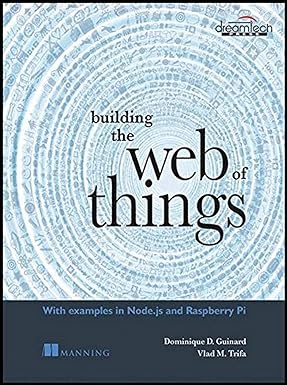
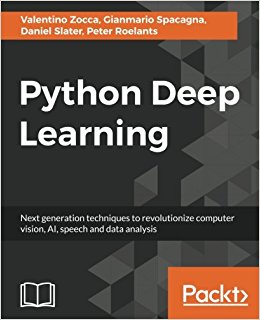

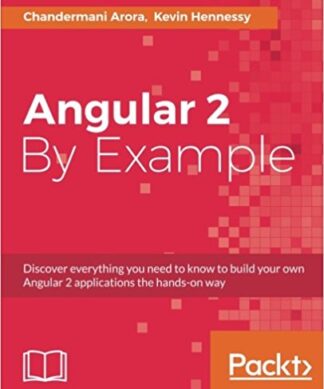
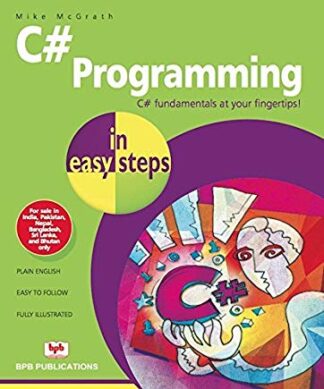


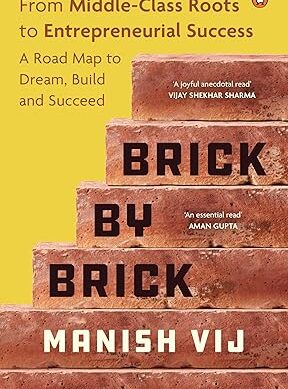



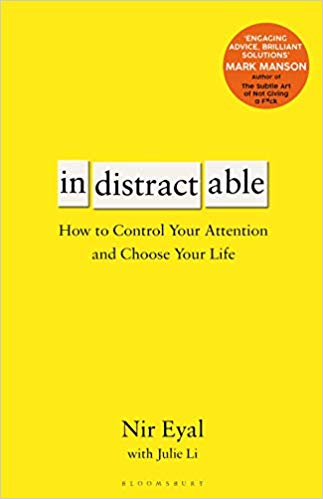
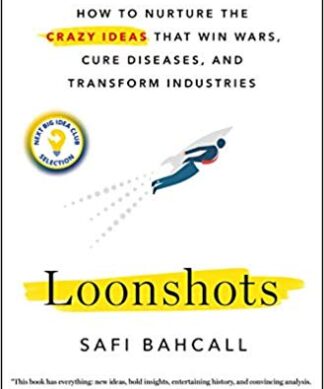

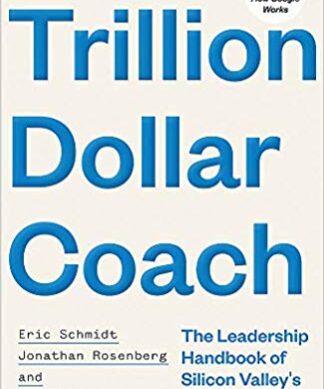
Reviews
There are no reviews yet.